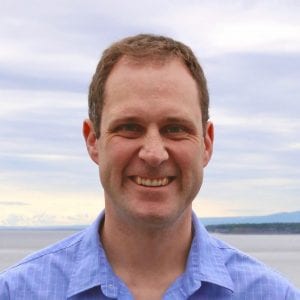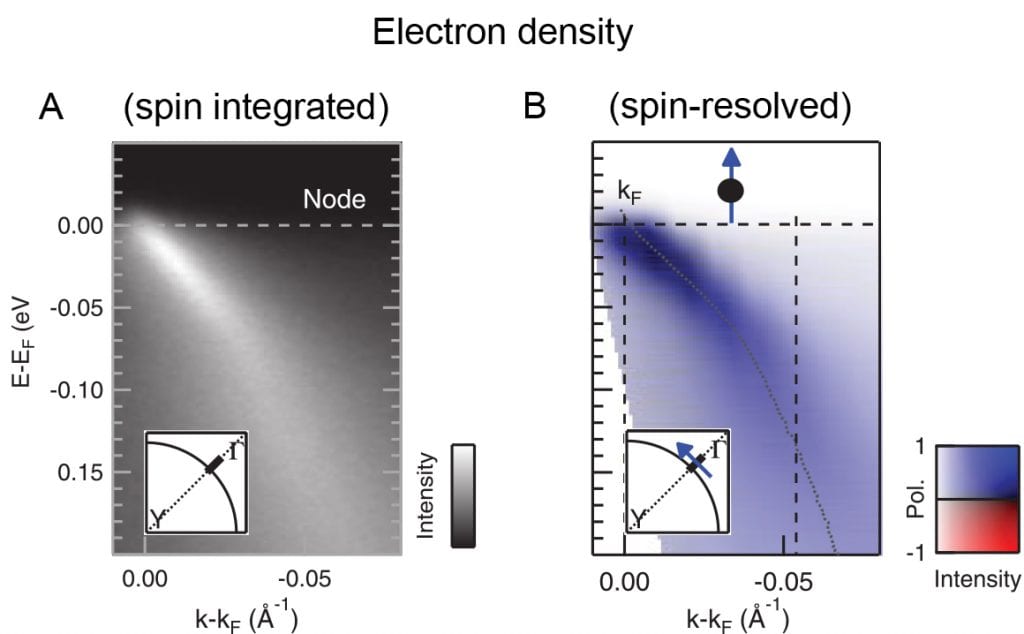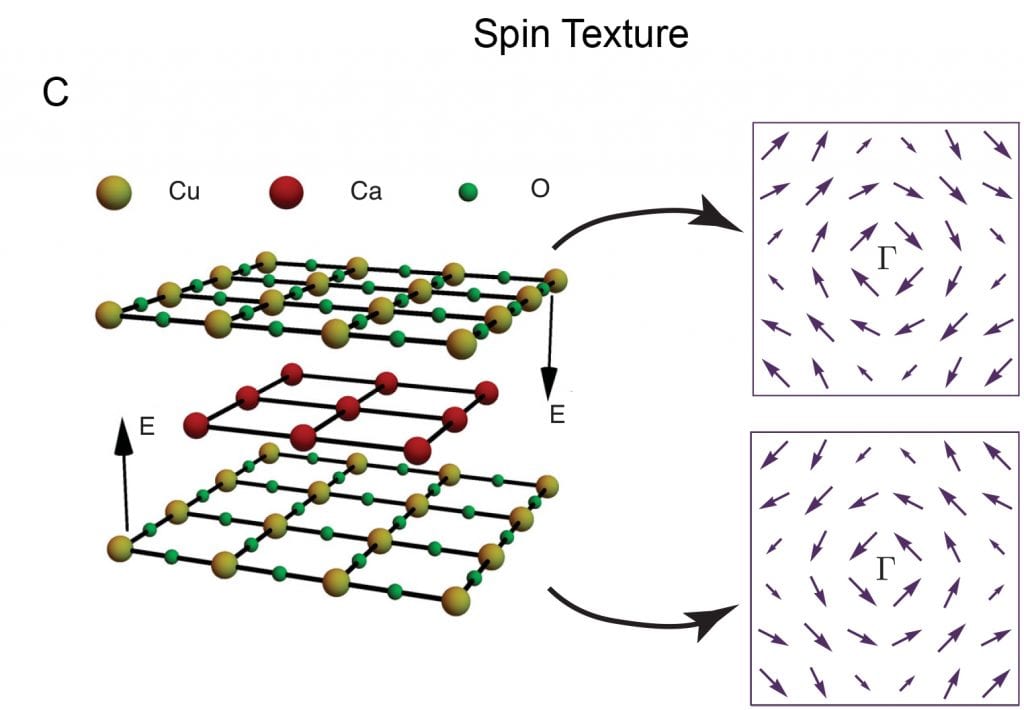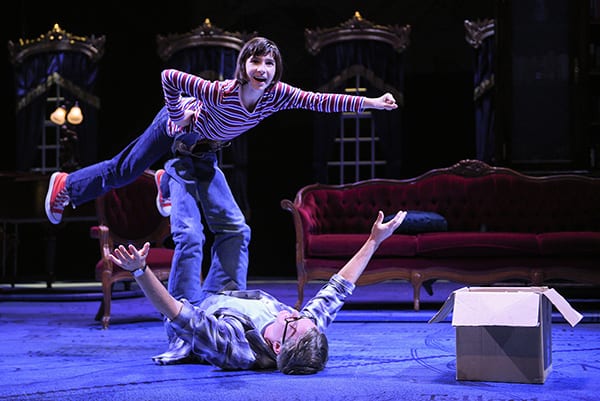
(Top row left-right) San Jose State University students, senior Arjun Mathur, alumna Yvonne Ng, and senior Huy Phan with Darci Arnolds, bottom left, an SJSU alumna who is an associate partner at Vonzos Partners, and SJSU Professor Tim Hendricks, an entrepreneur-in-residence, are photographed after a monthly pitch day event at TechLAB Innovation Center in Santa Clara on Monday, January 7, 2019. ( Josie Lepe/San Jose State University )
By David Goll
San Jose State students are gaining valuable hands-on experience with Vonzos Partners, a venture capital firm with a high-contact approach to startup funding and business acceleration. During the fall semester, Tim Hendrick, associate professor of advertising in the School of Journalism and Mass Communications, and his students worked with Vonzos and portfolio companies on a variety of communication and public relations projects. Bahram Parineh, a lecturer in Accounting and Finance, and his students developed the business plan Vonzos uses to attract fund investors. Additionally, Anuradha Basu, professor in the Lucas College and Graduate School of Business and director of the Silicon Valley Center for Entrepreneurship, had students work on an accelerator program pricing analysis. Typically, nine to 14 SJSU students engage with Vonzos each semester.
“My philosophy is that students learn by doing,” said Hendrick, an advertising industry veteran until joining academia in 2001, who is serving as an entrepreneur-in-residence with Vonzos. His students earn up to six academic units working with companies like Vonzos. “This kind of experience has students dealing with real life inside real companies. My students work on all kinds of projects, including social media, video, events and press releases.”
A team of Parineh’s students from the Sbona Honors Program in the college of business—seniors in accounting and finance Arjun Mathur, Huy Phan, Jessa Parayno and recent accounting graduate Yvonne Ng spent the fall semester working to refine the firm’s business plan, including making it more attractive to millennial investors.
“The biggest advantage as a student is learning about venture capital from professionals,” Mathur said. “There is little academic information about the VC industry and even less about the finance side of it. One single class taught by a finance professor at SJSU, but many do not even know it exists…Working at Vonzos for the semester bridged this gap, which truly made my education in finance feel complete.”
Phan agreed that the experience was valuable.
“The biggest advantage I got from working on the Vonzos business plan is that it allowed me to understand what type of skill sets are required in the industry, as well as understanding how to take on a big responsibility,” Phan said.
Ng said students don’t often get the opportunity to work with VCs. This project gave her insight into how Vonzos could attract a new generation of investors. “As a job seeker, it’s a great addition to my experience to inform recruiters what we can bring to the table,” Ng said.
The venture capital firm provides bridge funding, and hands-on executive business services through V-Scale, to revenue-generating companies in health and wellness markets that are developing core technology solutions that are highly technically differentiated. Their ambitious goal is to have a zero failure rate for the companies in which it invests. Additionally, Vivify Angels, a non-profit angel group, invests and supports diverse founding teams and socially beneficial companies. Vivify hosts Pitch Days the first Monday of each month, in which SJSU faculty and students participate.
The SJSU partnership with Vonzos was fostered by Darci Arnold, an SJSU graduate school alumna and associate partner at Vonzos. Arnold is a former vice president of global marketing at Seagate Technology LLC and senior director of Worldwide OEM Sales and Marketing at Komag, Inc. After semi-retiring, she returned to academia to study Global Citizenship & Enterprise Sustainability and attended the SJSU-Salzburg Program for Faculty & Administrators, which is where the network began. After graduation, she became a core faculty member at the Salzburg Global Seminar’s International Studies Program and also lectured at San Jose State.
“We’re a very different kind of VC business model for Silicon Valley,” said Angel Orrantia, Vonzos managing director, during one of the firm’s monthly “pitch days” when companies seek financial and business support from Vonzos. “Statistics reveal eight in 10 companies receiving VC funding will fail. We have a goal of zero failures.”
Arnold said she hopes to expand partnerships between SJSU and Vonzos.
“We’d like to build a network where we could engage along with some of our startup companies that often need help,” she said. “This might include engineering, computer science, the research department. We think it would make sense to build some interdisciplinary teams and our aspiration is to deepen the network.”
For more information, visit www.vonzos.com or connect with us at info@vonzos.com.





